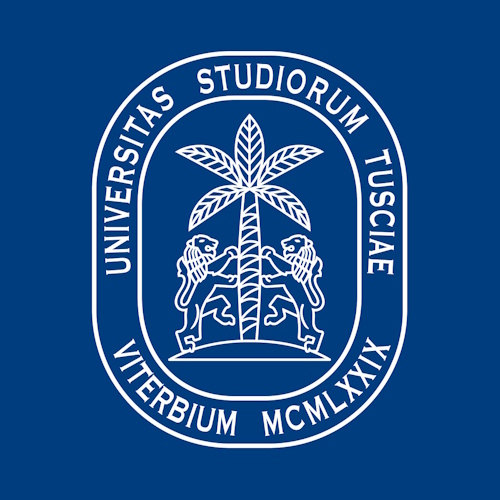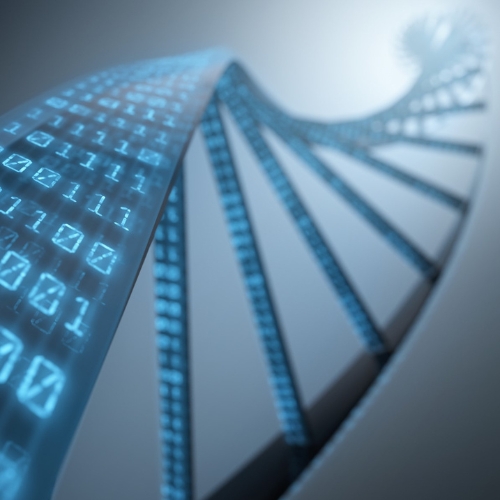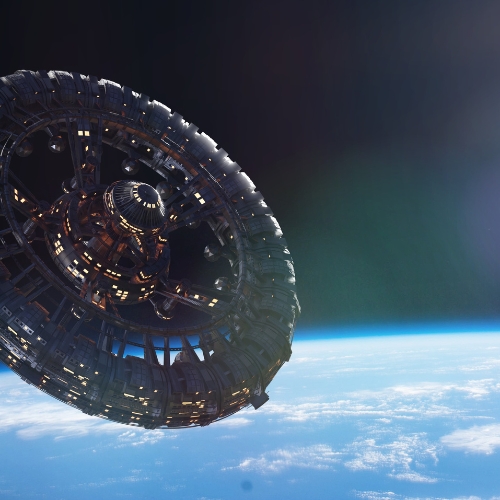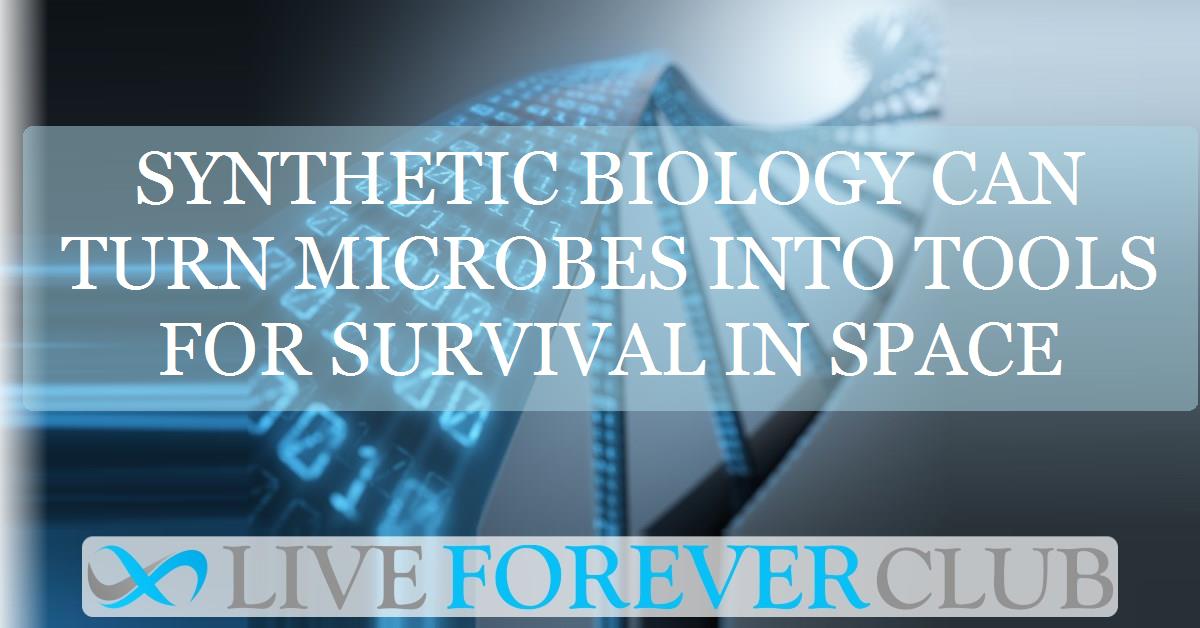Space travel is no longer just about rockets and rovers. As we plan long-term missions to the Moon, Mars, and beyond, the real challenge becomes survival—how do we breathe, eat, build, and stay healthy far from Earth? Synthetic biology offers bold solutions. It can turn microbes into factories, build habitats from fungi, and use Martian soil to grow food.
This blog explores how synthetic biology is shaping the future of space exploration across four key areas: in-situ resource utilization (ISRU), life support systems, radiation protection, and astronaut health.
1. In Situ Resource Utilization (ISRU): Living Off the Land
Transporting cargo to space is expensive—up to $300,000 per kg for Mars. Synthetic biology offers an elegant alternative: use local materials.
Key Highlights:
Bio-ISRU uses engineered microbes to extract resources from Martian or lunar soil.
Cyanobacteria can thrive on gases like CO₂ and N₂, producing oxygen and organic compounds using sunlight.
Algae and fungi can produce food, recycle waste, or even help build infrastructure.
Sporosarcina pasteurii forms calcite, which can create bricks through microbe-induced calcite precipitation (MICP).
Mycelium from fungi can form self-growing, radiation-protective building structures.
Filamentous fungi are being explored for construction, furniture, and even vehicle shells.
Synthetic biology allows organisms to be engineered for Martian conditions, reducing reliance on Earth-supplied infrastructure. Desert-dwelling cyanobacteria, like Chroococcidiopsis, can withstand radiation, desiccation, and extreme temperatures—making them ideal chassis organisms.
2. Bio-Regenerative Life Support Systems (BLSS): Closed-Loop Survival
On Earth, ecosystems recycle air, water, and nutrients. In space, synthetic biology aims to mimic this through Bio-Regenerative Life Support Systems (BLSS).
Key Functions:
Oxygen generation via photosynthetic organisms like algae and plants.
Water purification through transpiration and microbial degradation of waste.
Nutrient recycling using engineered fungi and bacteria.
Food production using crops and microbial biomass.
A BLSS acts like a self-sustaining terrarium. Microorganisms act as decomposers, plants as producers, and humans as consumers. The system is tailored for efficiency—enhanced by synthetic biology.
Synthetic biology can:
Engineer microbes to fix nitrogen or produce vitamins and antioxidants.
Boost plant resistance to radiation and drought using stress-resilient genes.
Improve microbial pathways for converting CO₂ into food or biomaterials.
Enable plants to grow in lunar or Martian regolith with engineered root microbiomes.
For instance, modified cyanobacteria can grow in Martian gas mixtures and produce nutrients using urine as fertilizer. Such systems reduce the need for packaged food, which degrades over time and lacks essential nutrients on long missions.
3. Radiation and Stress Protection: The Biological Shield
Space radiation is one of the biggest threats to astronaut health. Mars receives ~267 mSv/year compared to Earth’s ~1 mSv/year. During deep space missions, astronauts may receive up to 1 Sv over 1000 days—raising cancer risk and DNA damage.
Synthetic Biology Approaches:
Use radioresistant microbes (like Deinococcus radiodurans) as models to identify protective genes and molecules.
Produce antioxidant pigments like melanin, carotenoids, and phycocyanin.
Engineer microbes to synthesize radioprotective vitamins (A, B6, B12, E, C) and polyphenols like anthocyanins and tannins.
Develop microbial coatings and biopolymer composites (e.g. fungal melanin with nanoparticles) for shielding.
Biomanufacture hydrogen-rich resins for lightweight, protective spacecraft materials.
Fungi-derived melanin, for example, can absorb ionizing radiation and self-heal. It can be used in suits, habitats, or embedded into walls. Engineered microbes can also detoxify perchlorates found in Martian soil—substances toxic to human cells.
4. Human Health: Gut Bacteria to the Rescue
Microgravity, isolation, and radiation stress the body. Astronauts face immune suppression, muscle loss, bone degeneration, and disturbed circadian rhythms. Synthetic biology can support health in deep space.
Key Interventions:
Create biosensors that monitor gut and skin microbiome shifts in real time using engineered bacteria.
Use CRISPR-based recorders that track environmental stressors and disease markers inside the body.
Develop “astropharmacies” using engineered yeast or Bacillus subtilis to produce drugs, vitamins, and hormones on-demand.
Create patches or implants with sense-and-respond cells to treat anemia, bone loss, and infections.
Engineered S. cerevisiae or Yarrowia lipolytica can synthesize complex molecules like opioids, antivirals, or antibodies. These can be brewed on-site—like a bioreactor pharmacy inside a spaceship.
Synthetic organisms can also be used for:
Probiotic delivery, improving gut function.
Smart implants, releasing drugs as needed.
Environmental monitoring, detecting toxins in air or water.
Earth Benefits: What We Learn in Space Comes Back Home
Space synthetic biology doesn’t just help astronauts—it helps Earth.
Applications
New water purification systems and waste recycling technologies.
Sustainable urban farming with hydroponics and microbiome-engineered crops.
Microbial mining for rare metals.
Better radiation therapies and dietary supplements.
This research also helps in developing treatments for rare diseases, improves food security, and inspires eco-friendly construction.
Challenges and Safety
The promise is enormous, but synthetic biology has risks. Engineered organisms must be contained to avoid contaminating space bodies or ecosystems on Earth. International laws and planetary protection protocols must evolve with the science.
Synthetic biology turns life into a tool—one that can build, protect, and heal. As humanity ventures deeper into space, these living systems may become as important as rockets. From building habitats on Mars to growing medicine inside the body, the next frontier in space may be biological.
The study is published in the journal Npj Microgravity. It was led by researchers from University of Tuscia.






